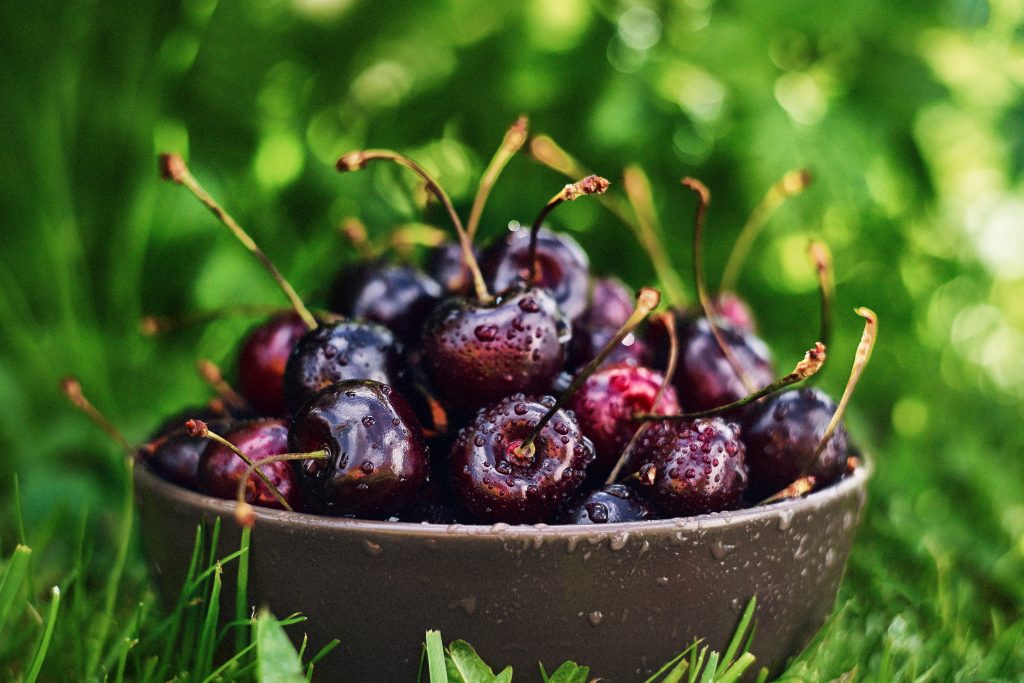
Introduction to Kominictvi Fiala
Cherries are delicious fruits that are grown in all parts of the world. They are packed with vitamins and antioxidants. Some are eaten as candies, while others are canned, frozen or brined. The sweet cherry is the most commonly cultivated fruit. Its fruit is a fleshy drupe that ranges in color from yellow to nearly black.
Cherries are a cold season crop that grows well in regions with low temperatures and high rainfall. However, their fruit is susceptible to pests and diseases. So, it is essential to have a good system of managing the trees.
Cherry plants are propagated by grafting. Grafting is done by collecting healthy mother plants and transferring them to the rootstock. Healthy mother plants are usually planted with a spacing of about 60 to 70 cm between rows. A few cultivars require pollination.
The cultivation of cherries involves proper soil management, manure application and pruning. In addition to these, they are also vulnerable to weather and pests. Hence, a good irrigation program is also necessary. Weekly irrigation is highly recommended for better food quality.
Cherries are a cold season fruit that is harvested in early spring. This is because the fruit is fragile and needs adequate winter chilling periods. They grow best at altitudes of 2,000 to 2,700 m. Most sour cherry cultivars are self-fertile.
To grow cherries, it is important to select appropriate cultivars and rootstocks. These are based on the type of climate, soil and expected fruit yield. Many varieties have been developed for their beauty. There are a number of varieties that are popular in Europe and North America.
In order to achieve optimum results, it is essential to know the ideal planting and harvesting seasons for each type of cherry. The best time to plant is in the early winter. During the growing season, it is essential to keep the tree well watered. If not, the fruit can crack and not set. Likewise, the flowering period is also very sensitive to frosts.
Depending on the type of soil, the amount of fertilizers to be applied will vary. The pH of the soil should be in the range of 6.5-7.0. Additionally, the amount of fertilizers and manure will depend on the size of the tree and the type of soil.
A large number of different pests can attack the cherry fruit. Aside from the San Jose scale and other insect pests, there are other serious diseases that can be contracted. The most serious of these is bacterial canker. Another disease is Brown rot.
It is advisable to control the spread of birds. Birds carry a host of diseases from one orchard to another. You can use plastic hawks or scare guns to keep them out of the fruit. Alternatively, you can use bird nets to prevent birds from flying into the orchard. Also, it is advised to use weedicides to prevent weeds from growing.
When it comes to commercial production, the best climate is found in Himachal Pradesh. Ideally, a frost-free site is required.